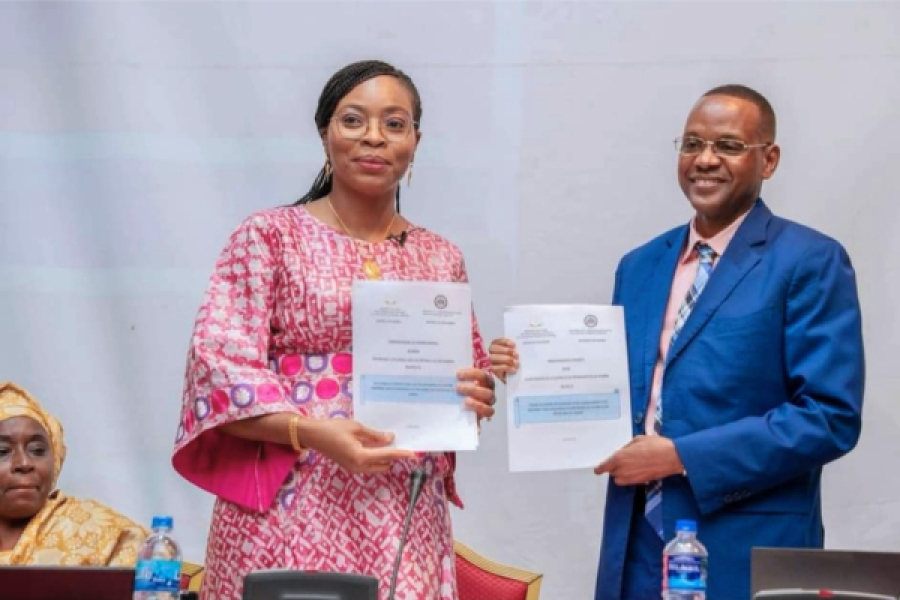Guinea and Gambia have recently inked a Memorandum of Understanding (MoU) to establish a second subsea cable optical fibre, signalling a significant stride towards enhanced connectivity and digital access for their citizens.
Let’s delve into the details and implications of this exciting development.
Rose Pola Pricemou, Guinea’s Minister of Posts, Telecommunications, and Digital Economy, and Ousmane Bah, Gambia’s Minister of Communications and Digital Economy, joined hands in Banjul, Gambia, to formalise this crucial agreement. The MoU signifies a mutual commitment to collaborate on a feasibility study to develop a new submarine cable infrastructure. One of the primary goals of this collaboration is to leverage lower project costs, ensuring efficient utilisation of resources in this ambitious undertaking.
Read also: Nigeria seeks to protect undersea cables in West Africa
World Bank to fund this initiative through the West African Digital Integration Project (WARDIP)
The initiative receives financial backing from the World Bank under the West African Digital Integration Project (WARDIP). This strategic funding not only highlights the international support for digital infrastructure development in the region but also underscores the economic and social benefits anticipated from this initiative.
Presently, Guinea and Gambia access high-speed Internet through the ACE (Africa Coast to Europe) cable, a vital component of their digital infrastructure. The ACE cable, spanning 17,000 kilometres, serves approximately 24 countries and is managed by a consortium of 20 members. Since its establishment in 2012, ACE has been instrumental in fostering digital connectivity across the region.
Second subsea cable to prevent future recurring disruptions of cable systems
The decision to pursue a second subsea cable stems from recurring disruptions faced by existing cable systems. These disruptions, as evidenced by significant outages in March 2024 affecting multiple African countries, underscore the vulnerability of singular cable systems. Companies such as West African Cable System (WACS), African Coast to Europe (ACE), SAT3, and MainOne faced challenges due to these disruptions, emphasising the critical need for redundancy and resilience in digital infrastructure.
Read also: 2Africa, the largest subsea cable lands in Nigeria
Establishing a second subsea cable holds immense promise in bolstering digital resilience, enhancing connectivity speeds, and fostering innovation across various sectors in Guinea and Gambia. Improved connectivity not only benefits businesses by enabling seamless data transfer and communication but also empowers individuals with greater access to educational resources, healthcare services, and global information networks.
The collaborative efforts between Guinea and Gambia to establish a second subsea optical fibre cable reflect a strategic vision to harness the transformative power of digital connectivity. With international support and a shared commitment to technological advancement, these nations are poised to unlock new opportunities and drive sustainable development in the digital age.





Leave a Reply